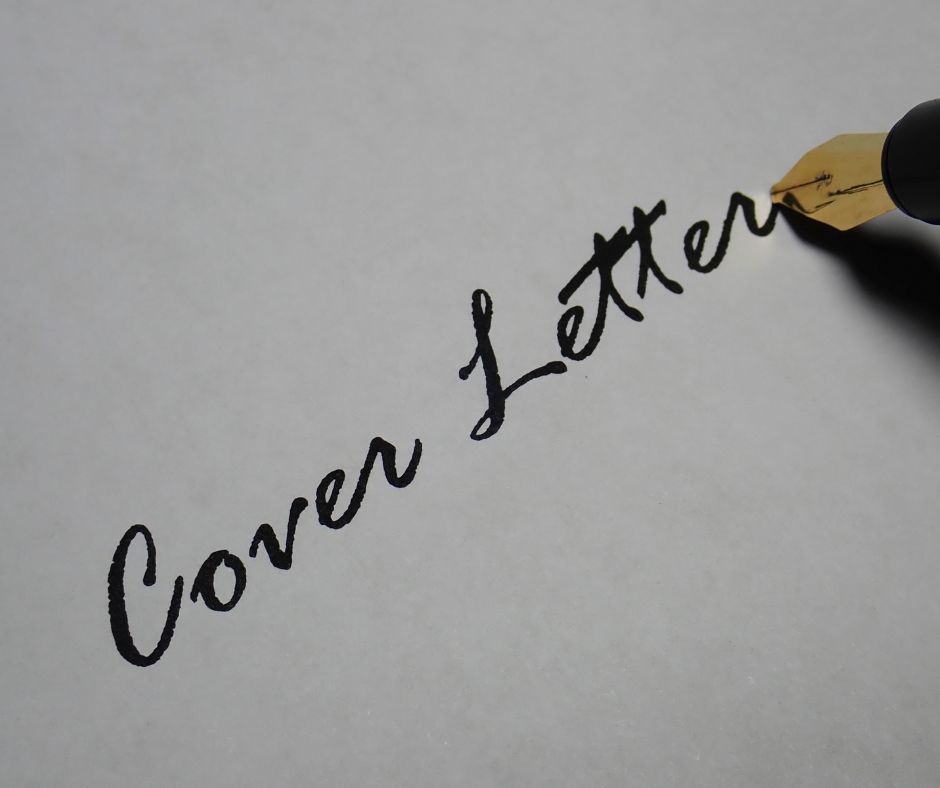In the era of AI-generated applications and one-click job submissions, it’s easy to assume that cover letters are obsolete. But in 2025, a strong cover letter can still be a powerful differentiator—especially in competitive industries or for roles where communication and storytelling matter. When done right, a cover letter shows initiative, personality, and strategic thinking. It can bridge the gap between your resume and the employer’s needs, and it often becomes the deciding factor when choosing between equally qualified candidates. So how do you write a cover letter that actually gets read? Let’s dive in.
Do You Still Need a Cover Letter in 2025?
The short answer is: yes. While some recruiters may not read every cover letter, many still expect one—particularly in roles related to communications, marketing, consulting, or leadership. A well-written letter demonstrates your ability to communicate clearly, tailor your message, and connect with the company’s mission. In fact, surveys show that over 60% of hiring managers consider a tailored cover letter a deciding factor in the selection process. It’s not about quantity, it’s about quality: one great letter is worth more than ten generic ones.


What a Cover Letter Is (And What It’s Not)
A cover letter is not a reworded version of your resume. It’s a persuasive narrative that connects your experience to the specific needs of the employer. It should highlight the why behind your interest in the role and how your background makes you the perfect fit. It’s also not an essay or autobiography. Instead, it should be a focused, one-page message that adds context and intent to your application. Think of it as a bridge—linking your professional story to the company’s goals.
How to Structure Your Cover Letter (3-Part Formula)
The best cover letters follow a simple, effective structure:
1. Grab Attention (First Paragraph) Start strong. Ditch the clichés like “I am writing to express my interest…” Instead, lead with a hook—a notable achievement, a shared value with the company, or a compelling reason why you’re drawn to the role. Make the reader want to keep going.
2. Show Value (Second Paragraph) This is your core pitch. Focus on how your experience, skills, and achievements align with the job requirements. Highlight specific, relevant examples that demonstrate what you bring to the table. Make it clear that you understand the company’s challenges and can help solve them.
3. Build the Bridge (Closing Paragraph) Wrap up by reinforcing why you’re excited about this particular company and role. Express your desire to contribute, and invite the next step (a conversation or interview). Be polite, confident, and professional—without sounding desperate.
Personalization Is Everything
A generic cover letter stands out—for the wrong reasons. Hiring managers can instantly recognize a copy-paste job. The most impactful letters are tailored to the company, the role, and even the individual recruiter if known. Mention the company by name. Reference their mission, products, or recent initiatives. Use job-specific language. Show that you’ve done your homework and genuinely care about being part of their team. Personalization transforms your letter from “just another applicant” to “this person gets us.”
Avoid These Common Mistakes
Here are a few pitfalls that can sink your cover letter before it even gets read:
- Opening with boring, outdated phrases.
- Repeating your resume instead of adding new insights.
- Being too self-focused instead of value-focused.
- Writing more than one page or using long, dense paragraphs.
- Forgetting a call to action or closing without confidence.
The goal is clarity, not cleverness. Write like a real human speaking to another professional—not like a template machine.
Should You Use AI to Write Your Cover Letter?
AI can be a helpful assistant, but it shouldn’t be your ghostwriter. Tools like ChatGPT or Grammarly can assist with structure, grammar, and even tone. But they can’t replace your voice, intent, or authenticity. Recruiters are increasingly skilled at spotting AI-generated content, especially when it lacks depth or specificity. Use AI to brainstorm or edit—not to automate. A good rule of thumb: if your letter sounds like 10,000 others, it won’t stand out.
Final Thoughts
Cover letters in 2025 are no longer optional fluff—they’re strategic assets when written intentionally. A personalized, value-driven cover letter can make the difference between getting an interview or getting ghosted. It allows you to connect the dots between your experience and the company’s goals in a way your resume simply can’t.
At Heads Here, we specialize in writing high-impact cover letters that recruiters actually read. Whether you’re applying in the U.S., Canada, the UAE, or anywhere else—our team of former hiring professionals knows what works.
Need help writing a letter that opens doors? [Request your custom cover letter today.]







